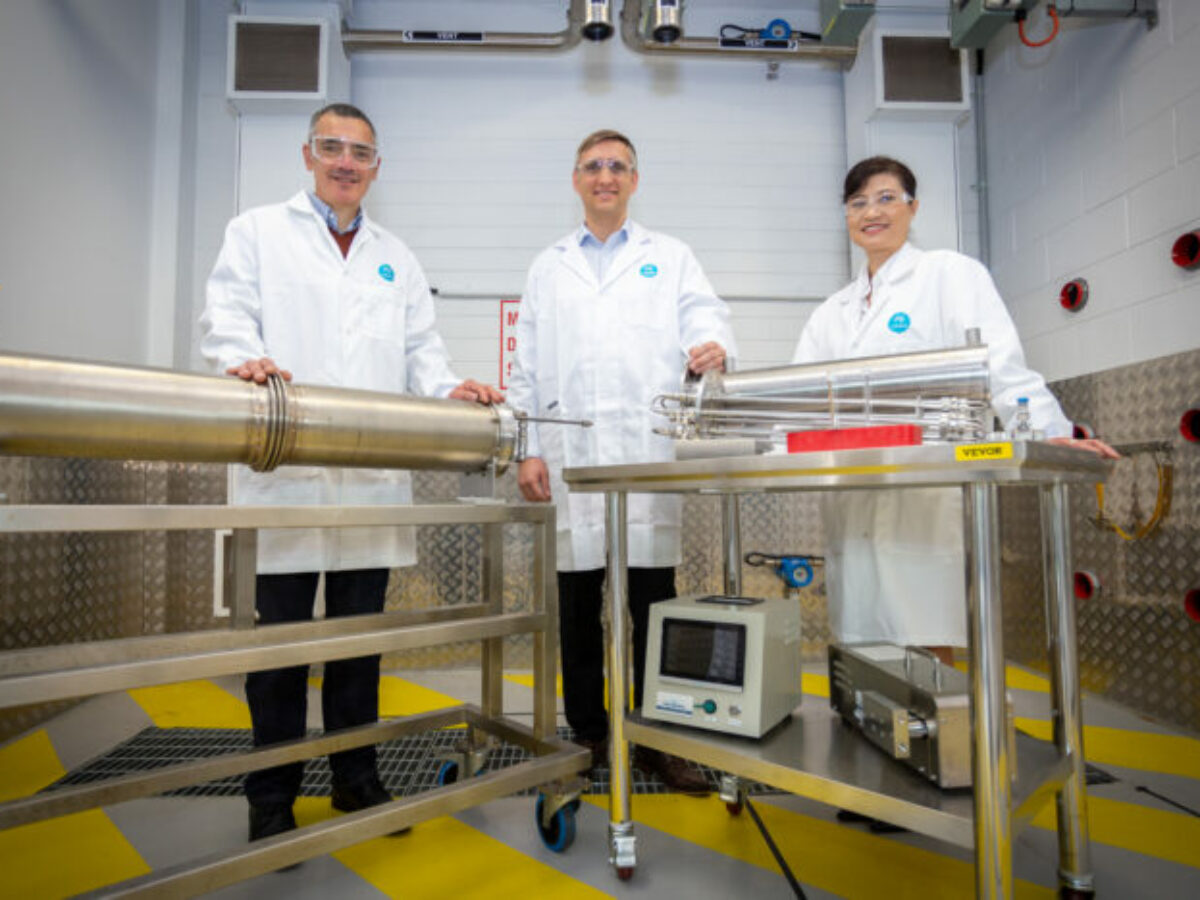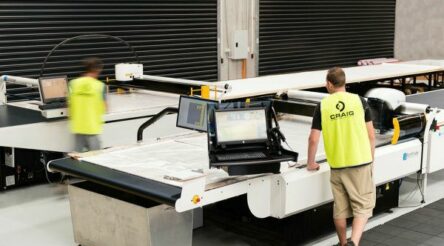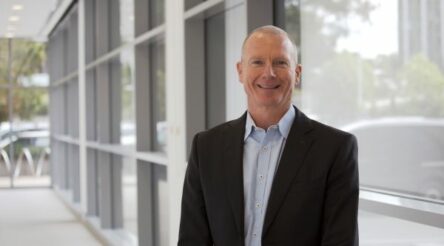CSIRO announces $10 million, six-year portable hydrogen generator project

A new project led by the CSIRO and delivered as part of its Hydrogen Industry Mission will develop a demonstrator moveable hydrogen generator, able to create the gas from a liquid carrier, according to the national science agency.
In a statement on Friday, CSIRO said the unit would use its patented “catalytic static mixer” approach and be supported by $10 million in funding over six years from innovation provider Advanced Carbon Engineering.
Dr John Chiefari, a researcher at CSIRO, said, “Catalytic static mixers are special tools that mix fluids to speed up and better control chemical reactions without any moving parts.
“This level of control allows the process to be highly scalable without the technical challenges that this usually entails. This gives us a key advantage over the current packed bed reactor technology
“… [T]his hydrogen generation system will enable hydrogen to be produced locally and on demand from the carrier, with the added advantages of the carrier fluid being safely stored in a similar way to diesel or petrol.”
The use of a liquid carrier would allow for safe and efficient storage and transport from the point of generation (for example a wind farm) to the point of use, said CSIRO, which added that the project was an Australian first.
CSIRO’s Hydrogen Industry Mission was launched in May 2021 as a $68 million, five-year program to support over 100 projects in the service of a hydrogen production under $2 per kilogram goal.
The funding at the time included $38 million from CSIRO, $12 million from the federal government, and $18 million from industry and research partners.
The news follows an announcement this week that Endua, a company launched in 2021 and using electrolyser technology developed at CSIRO, has raised $7.5 million in pre-series private funding.
Picture: CSIRO’s Dr John Chiefari, Dr Christian Hornung, and Dr Vicky Au (supplied)
Further reading
CSIRO launches $68 million, five-year Hydrogen Industry Mission
Topics Manufacturing News Technology
@aumanufacturing Sections
Analysis and Commentary Awards Defence Manufacturing News Podcast Technology Videos










